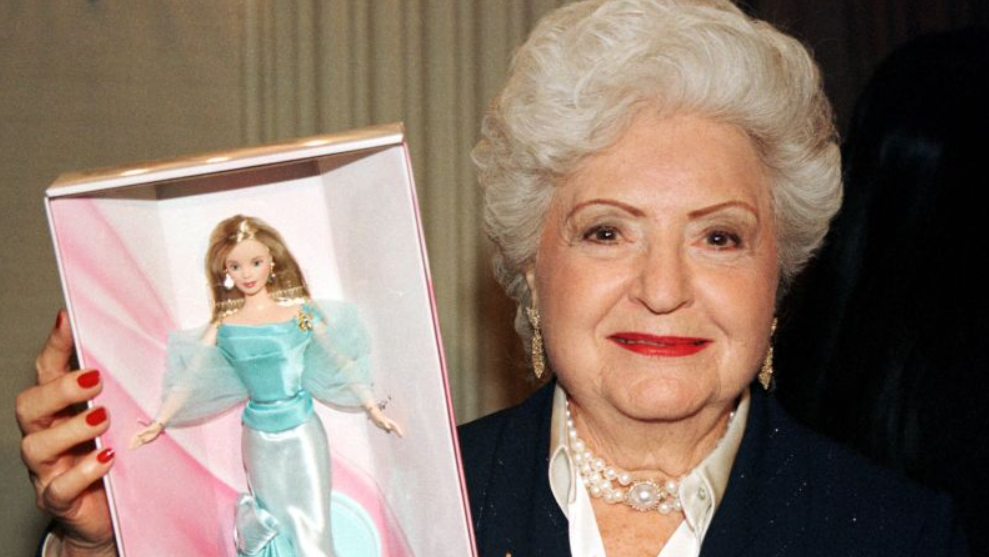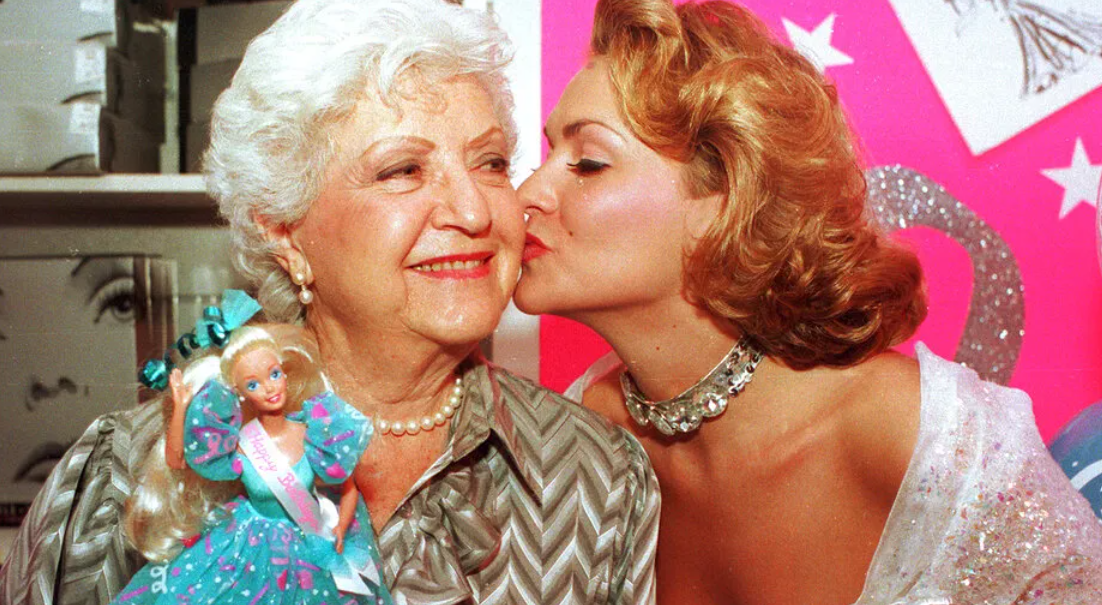Ruth Handler was an innovative visionary who fundamentally changed the toy industry with her creation of the Barbie doll. Her idea, sparked during a trip to Europe, was to create a three-dimensional doll that could serve as a role model for little girls and allow them to imagine their future selves. Handler noticed that her daughter, Barbara, preferred playing with paper dolls that looked like adults rather than babies.
This observation led to the creation of Barbie, named after her daughter, a mature, stylish doll that was capable of doing anything. Ruth’s invention, though initially met with skepticism, became an unprecedented success, with the first Barbie doll making its debut in 1959. However, the Barbie doll has not been without controversy. Critics have long debated the unrealistic body proportions of the doll and the potential negative impact on young girls’ body image.
Yet, Barbie has evolved over the years to reflect diverse body types, careers, and ethnicities, a testament to Handler’s original vision of a doll that could be anything a girl could dream of becoming. Notwithstanding the debates, Ruth Handler’s contribution to the toy industry remains indisputable, forever changing the landscape of play for children across the globe.

The Invention of Barbie by Ruth Handler
Ruth Handler, an innovative businesswoman and co-founder of the toy manufacturing company Mattel, is best known for her groundbreaking creation of the Barbie doll. The inception of Barbie in 1959 revolutionized the toy industry, providing children with a more sophisticated plaything that reflected an adult world. The inspiration for Barbie came from Ruth’s daughter Barbara, who often played with paper dolls, imagining them in grown-up roles. Recognizing the limitations of the then-prevailing baby and toddler dolls, Ruth envisioned a three-dimensional doll with an adult body that could serve as a canvas for endless storytelling and role-playing scenarios.
The creation of Barbie was a daring move at the time, as it significantly deviated from the conventional image of dolls. The doll’s adult-like physique and fashionable wardrobe were a stark contrast to the childlike dolls that had dominated the market. Despite initial skepticism and controversy, Ruth remained steadfast in her belief that Barbie could offer a new form of engagement and entertainment for children, allowing them to project their dreams and aspirations onto the doll.
The launch of Barbie was a tremendous success, forever changing the landscape of the toy industry. It was a testament to Ruth Handler’s visionary thinking, courage, and persistence. Barbie, with her myriad careers and countless transformations over the years, has become an iconic figure, influencing generations of children worldwide. The doll’s enduring popularity attests to Ruth’s insightful understanding of children’s play patterns and her ability to create a product that resonates deeply with her audience. Despite numerous challenges, Ruth transformed her idea into a global phenomenon, demonstrating the power of innovation and resilience.

The Complex Life of Ruth Handler
Ruth Handler, the mastermind behind the creation of the Barbie doll, led an intricate life marked by both remarkable success and significant controversy. Born in Denver, Colorado in 1916, Handler embarked on her entrepreneurial journey alongside her husband Elliot Handler when they co-founded Mattel Inc., a small picture frame company which eventually transformed into a multinational toy manufacturing giant.
Her groundbreaking invention of the Barbie doll in 1959, inspired by her own daughter Barbara, revolutionized the toy industry. Despite the initial skepticism, Barbie became a cultural icon, signifying the shift in societal norms and setting new standards for beauty. Ruth’s vision was to instill in young girls the belief that they could aspire to be anything they wanted to be, breaking the traditional boundaries set for women.
However, Ruth Handler’s life wasn’t just about triumphs. She faced several hurdles, including a breast cancer diagnosis which led her to develop and market a line of prosthetic breasts, ‘Nearly Me,’ for mastectomy patients. This venture reflected her resilience and ability to convert personal struggles into opportunities to help others.
In the corporate realm, her journey was marred by controversy. Ruth and her husband were ousted from Mattel in 1975 under accusations of fraudulent accounting practices. While this period of her life was tumultuous, she managed to rebuild her reputation and continued to make significant contributions to society.
Ruth Handler’s life was a vivid tapestry of innovation, resilience, controversy, and determination. Her legacy continues to thrive in the form of Barbie, a doll that has transcended generations and continues to inspire millions of young girls worldwide. Her life serves as a testament to the fact that success often comes with its fair share of challenges, and it is the ability to navigate through these complexities that truly defines one’s character.

Ruth Handler’s Role as the Creator of Barbie Land
Ruth Handler, an American businesswoman, forever revolutionized the toy industry by creating the iconic Barbie doll in 1959. Her role as the creator of “Barbie Land” was not just about inventing a doll, but about creating a universe in which girls could imagine themselves outside the domestic sphere. Ruth Handler’s vision for Barbie represented a radical departure from the traditional dolls of the time, which were primarily baby dolls meant to reinforce the role of girls as caretakers. Barbie, on the other hand, was a doll that could be anything she wanted to be, from a career woman to a fashion icon.
Handler’s Barbie was designed with the intent to show girls that they had choices, that they could aspire to have careers, and that they could dream beyond the conventional expectations of their gender. In this way, Barbie Land was not just a collection of dolls and their accompanying accessories, but an empowering platform that opened up a new world of possibilities for young girls.
Furthermore, Ruth Handler’s role in the creation of Barbie Land extended beyond the doll itself. She was instrumental in developing Barbie’s vast array of accessories, vehicles, and playsets, each of which served to further expand the Barbie universe and provide more avenues for imaginative play. From Barbie’s Dream House to her convertible car, each addition to Barbie Land served to deepen the narrative possibilities available to children.
In essence, Ruth Handler’s role as the creator of Barbie Land was about more than just the creation of a toy. It was about challenging societal norms, empowering young girls, and providing them with an outlet for their imagination. Her vision has left a lasting impact on the toy industry, and her creation continues to be cherished by children all over the world today.
